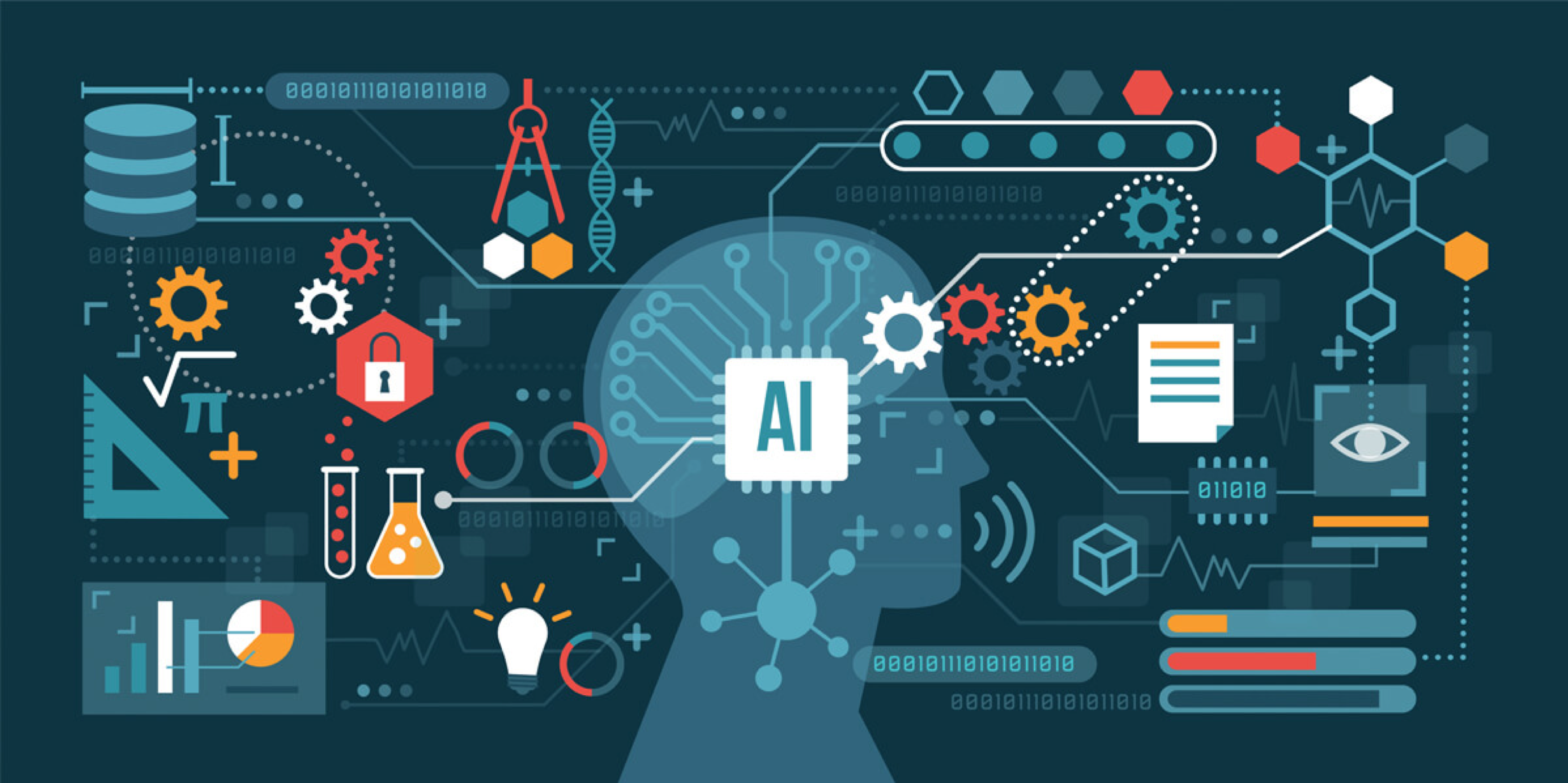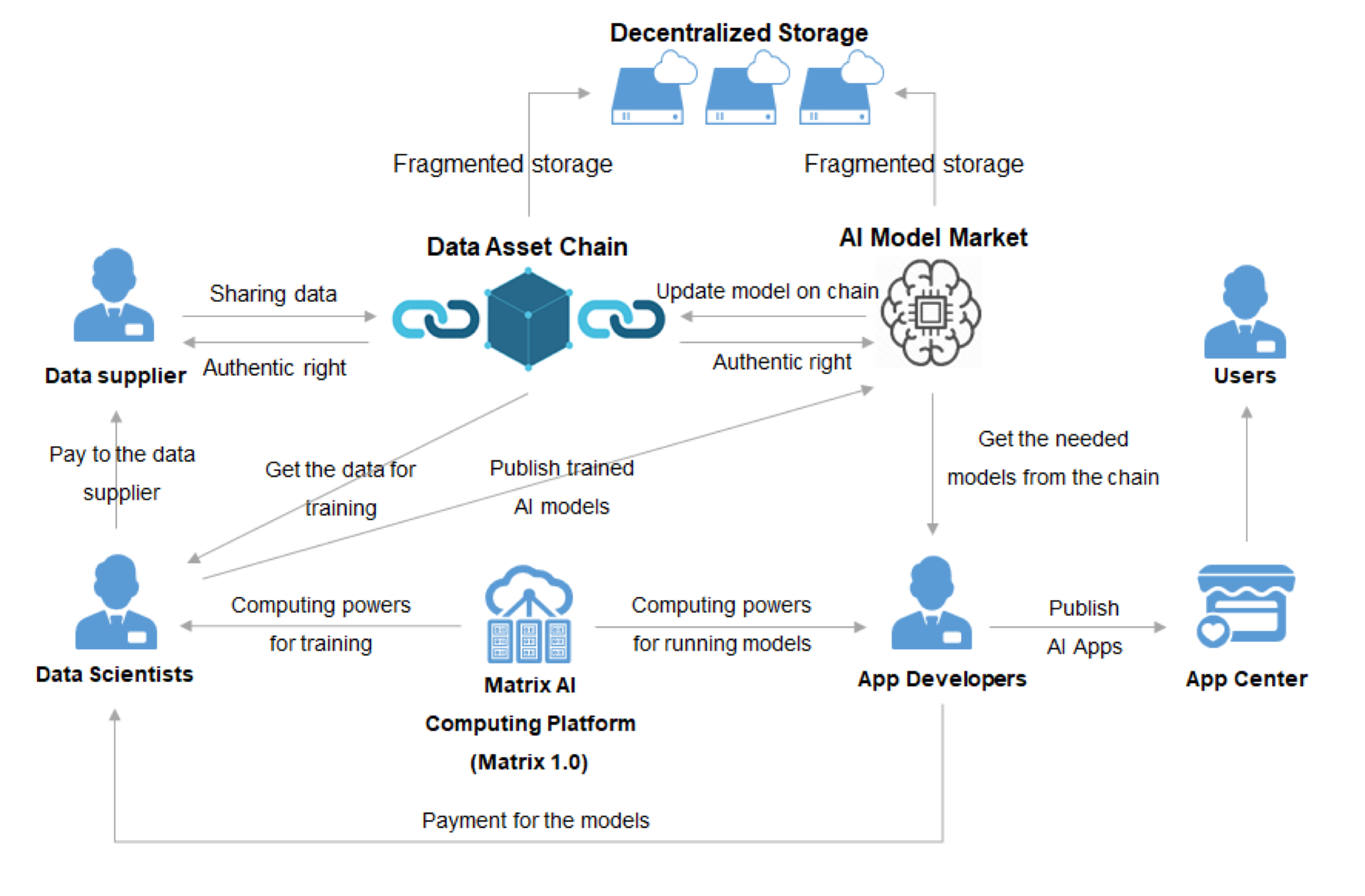Matrix——Catalyst for the AI Big Bang
The Era of AI
The concept of artificial intelligence was first brought up at a workshop at Dartmouth College in 1956. Since its birth, scientists and engineers have put in decades of research and development work, and numerous ideas and theories have been raised.
Today, AI has found its way into every aspect of our life. The popularity of self-driving cars has changed the transportation and logistics sectors. AI is helping doctors make more accurate diagnoses. AI-powered search engines now help us acquire knowledge and information. We can also train AI to read texts and take over custom service jobs. AI is also seeing ever-growing use in the financial sector, especially in long-term investing, short-term underwriting, undertaking and crediting.

As time goes on, AI will only develop at a faster pace, which we have seen in AlphaGo beating Lee Sedol after merely one year of training. In a recent computer vision experiment, AI algorithms were capable of recognizing over one thousand types of photos. In photo recognition tests, AI algorithms scored a 98% accuracy compared to a 95% by humans. This result is six times better than that of five years ago. Applying the same technology to clinical diagnosis, we have AI outdoing the best human doctors in diagnosing lung and thyroid cancers, and as an assistive tool, AI is already widely utilized in hospitals.
Blockchain-Empowered AI—AI That Cooperates with Humans
Will the future be like one of those science-fiction films where AI takes over the world and destroys mankind? This sets us pondering and keeps scientists searching for a solution. Tom Gruber, developer and co-founder of Siri, said, “What is the purpose of AI? To make our devices smarter so they can do jobs no one wants to do. Today, AI has beaten man in chess and weiqi. Maybe in the future, some super-AI will rule over mankind? No, AI shouldn’t compete with man, but we should cooperate. With the help of artificial intelligence, we should all have superhuman powers. For example, maybe people with cerebral palsy will be able to communicate with Siri, and Siri will also help us with a range of things from navigation to answering complicated questions.”
But how do we make sure AI cooperates, and not competes with man? Matrix AI Network has the answer. In its 1.0 version, Matrix uses AI to empower its blockchain, drastically improving its performance, security and social benefit. Now on to Matrix 2.0. This is an AI ecosystem managed using a high-performance blockchain.

Picture: Blockchain-based AI Ecosystem as in Matrix 2.0
In this ecosystem, AI is managed and utilized based on a decentralized blockchain network, and the operation and decision-making of individual AI nodes are done through the consensus mechanism of the entire network. This structure is proof against the possibility of some awakened AI taking over the world. More importantly, AI nodes in this decentralized network can cooperate with each other to better serve us humans.
In the Era of AI, Everyone Will Own a Personal AI
To pave the way for the explosive growth of AI, we must lower its entry barrier first. This will bring about more diversity, and like in nature, diversity is always key to a vibrant ecosystem.
For this very purpose, Matrix is launching MANTA, a platform to drastically lower the entry barrier to AI. With its help, everyone can have his/her personal AI in the future. Corporate AI service providers are not the best choice for individualized AI services for two reasons: 1. Companies have the need to control production costs. 2. People will be reluctant to give companies access to their personal data. So the ideal situation is where people train their own AI algorithms to serve their personal needs, and MANTA will help people turn this into a reality.